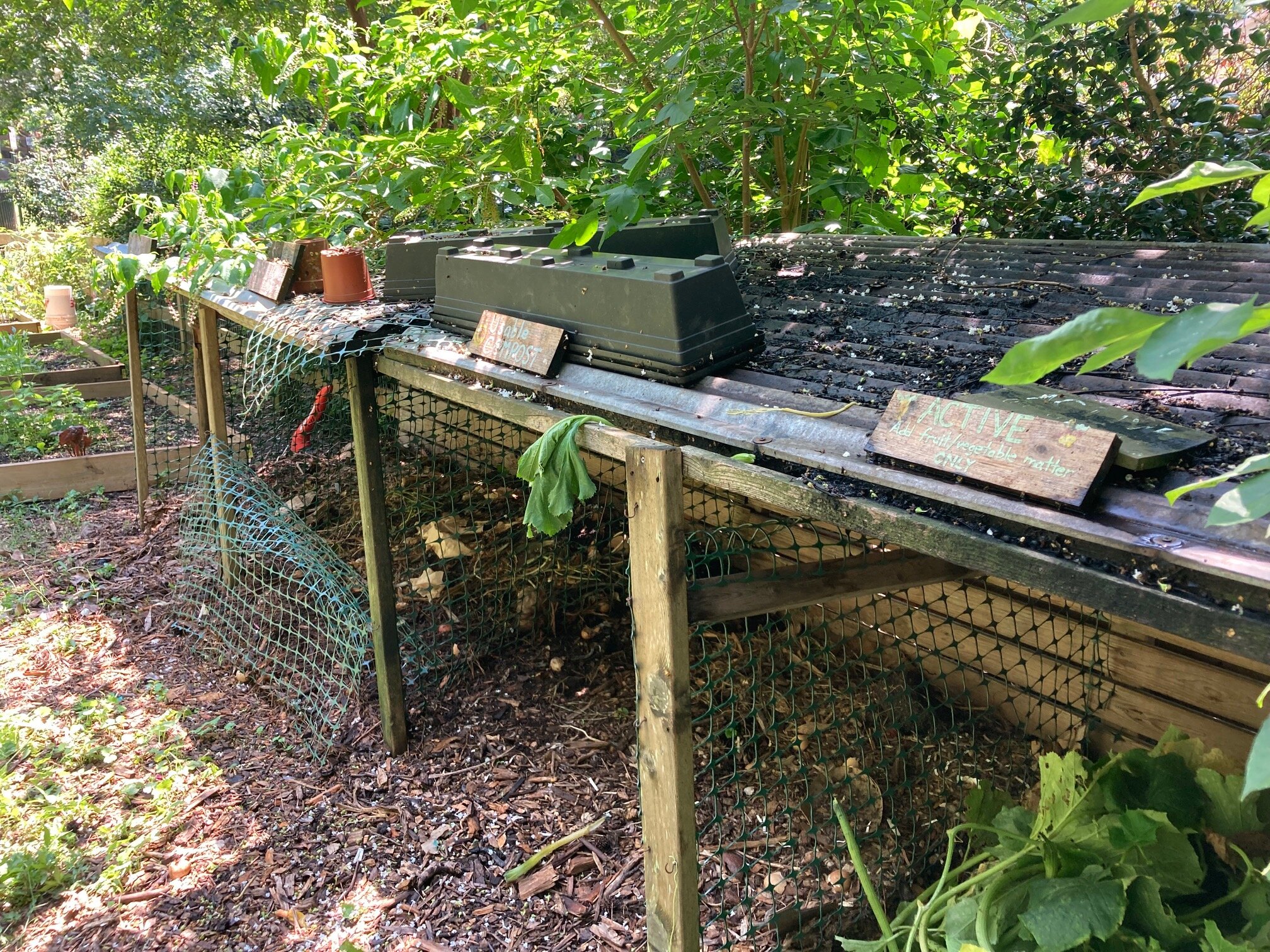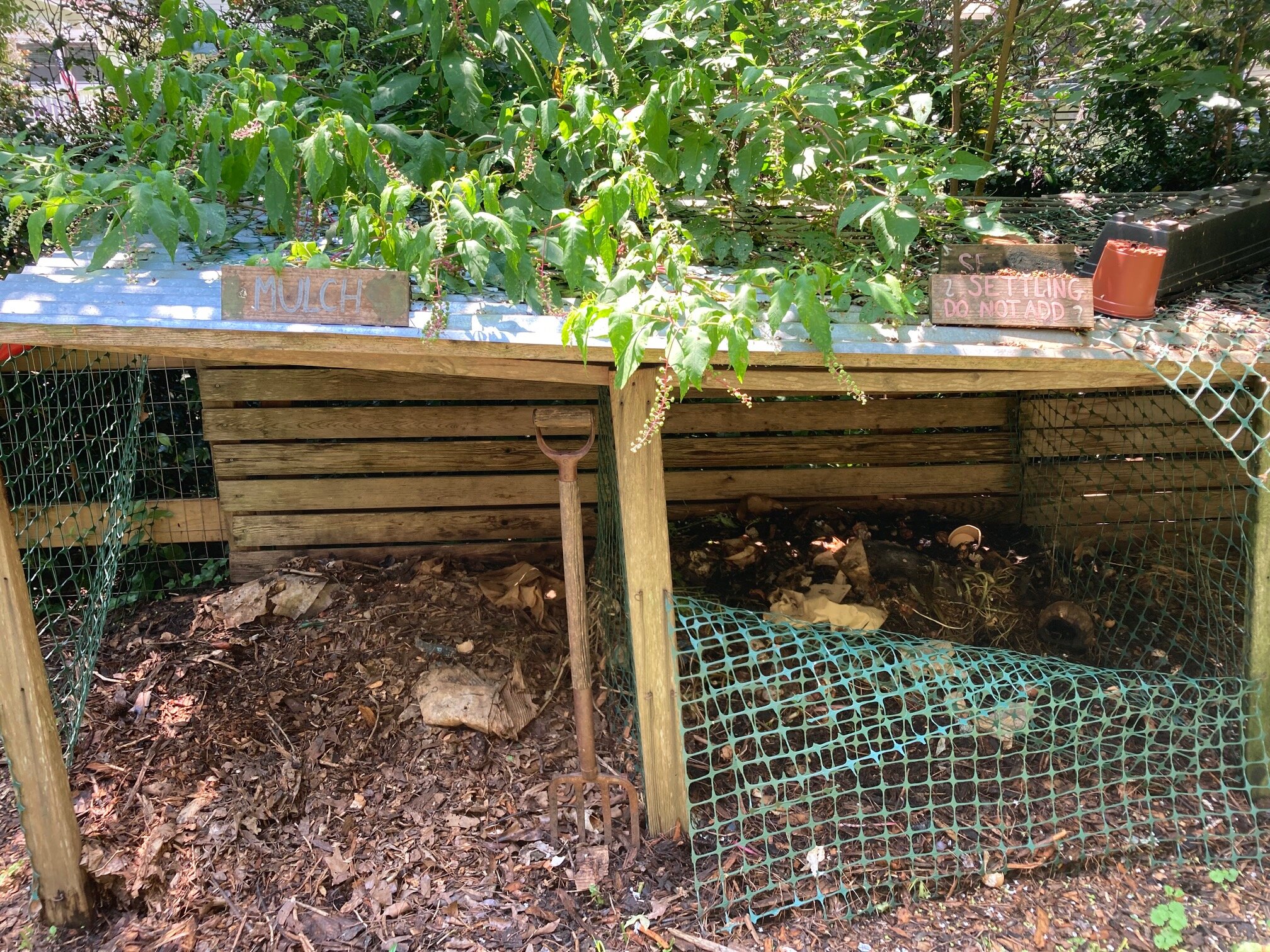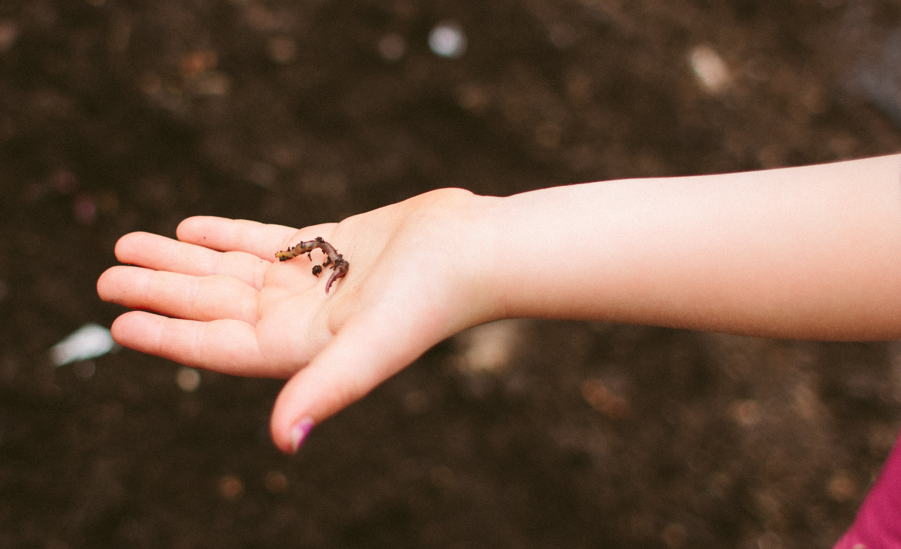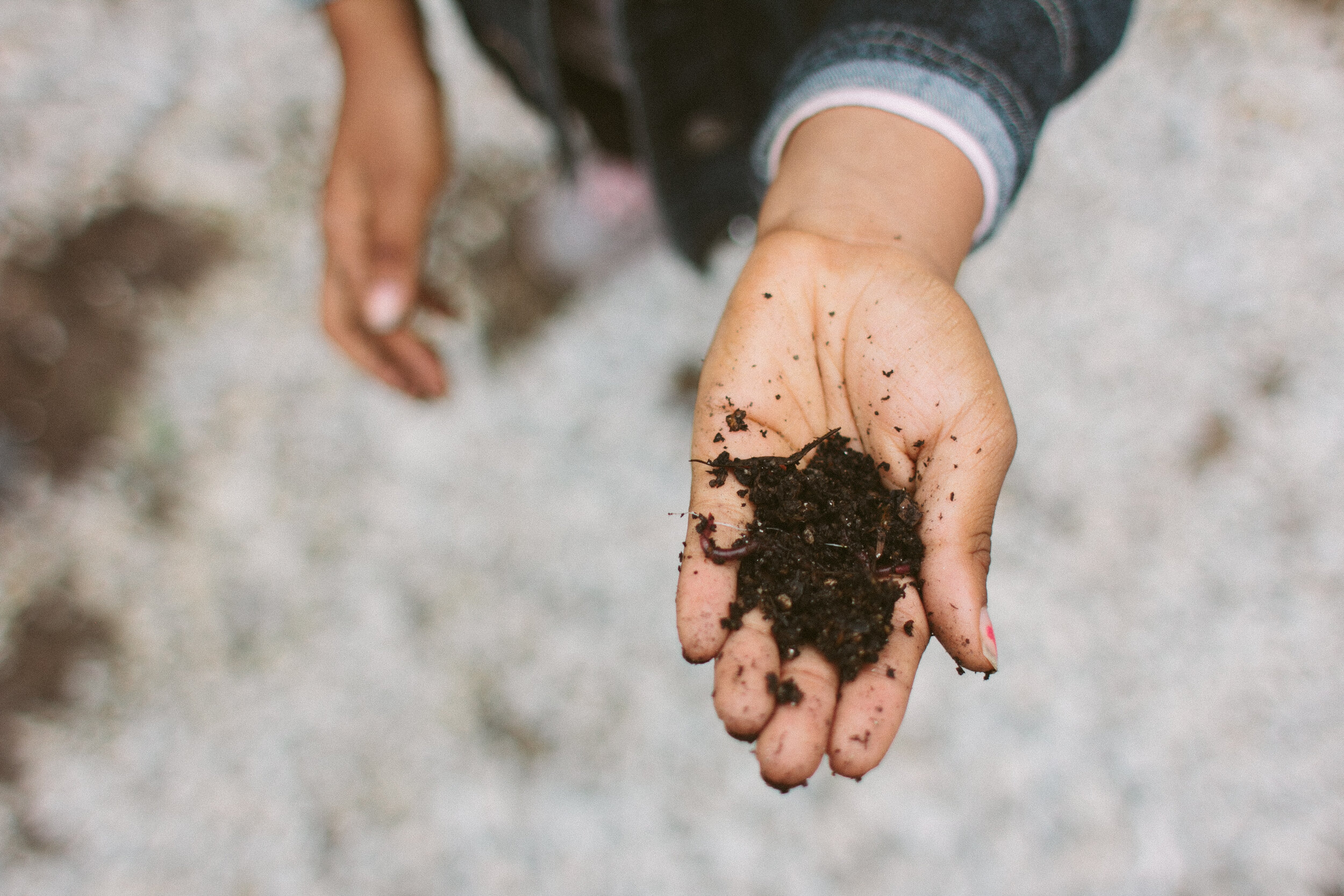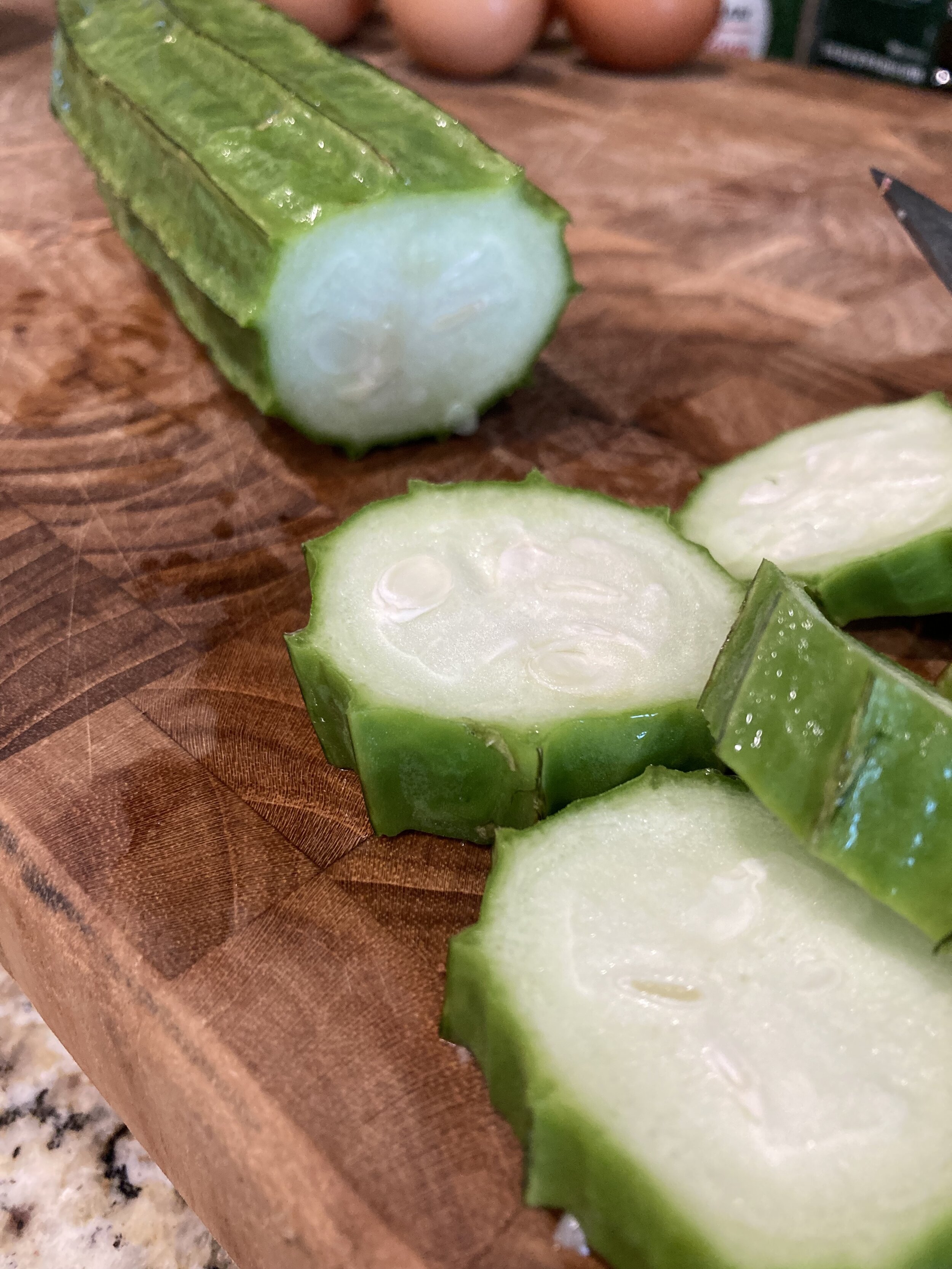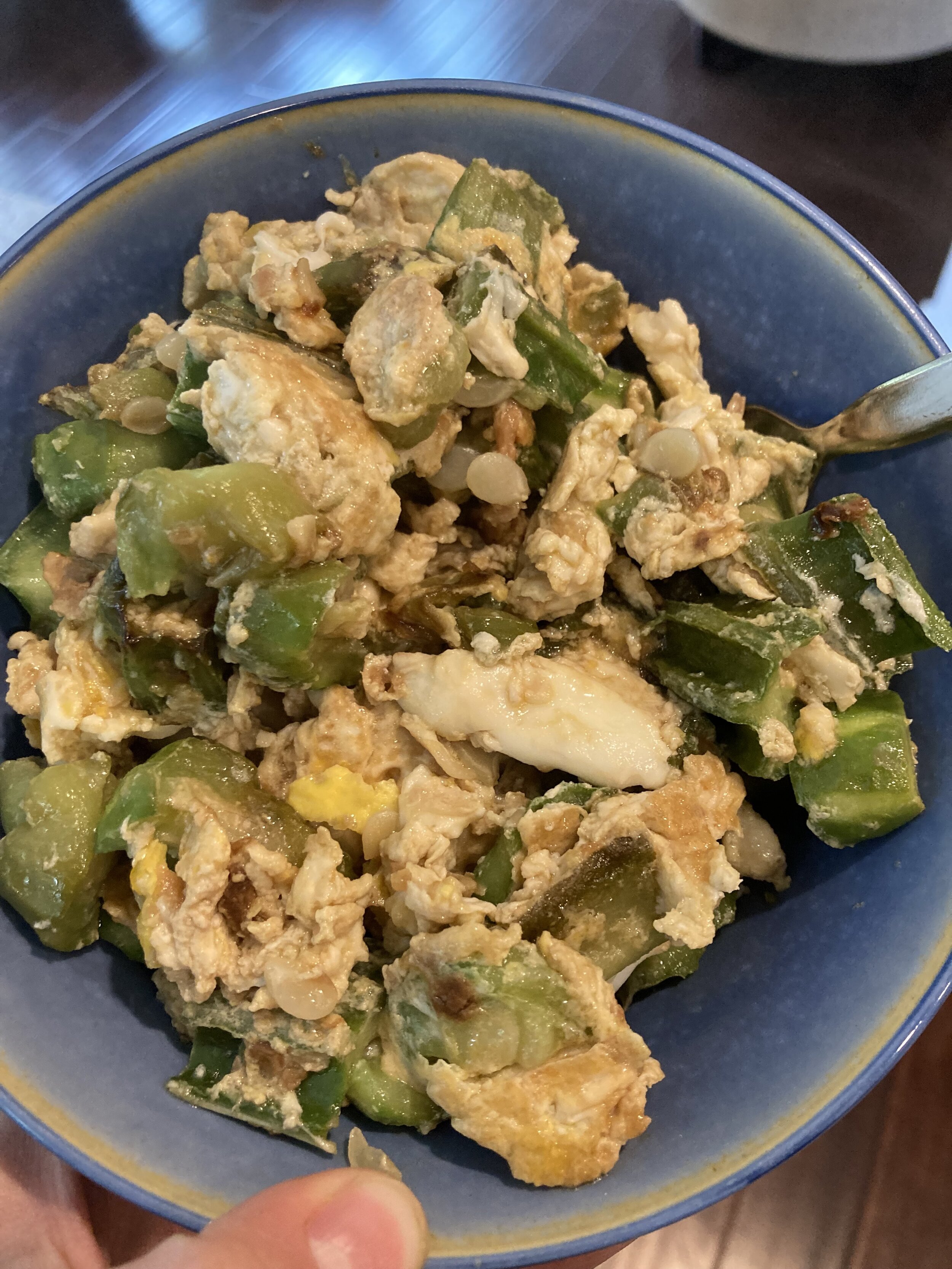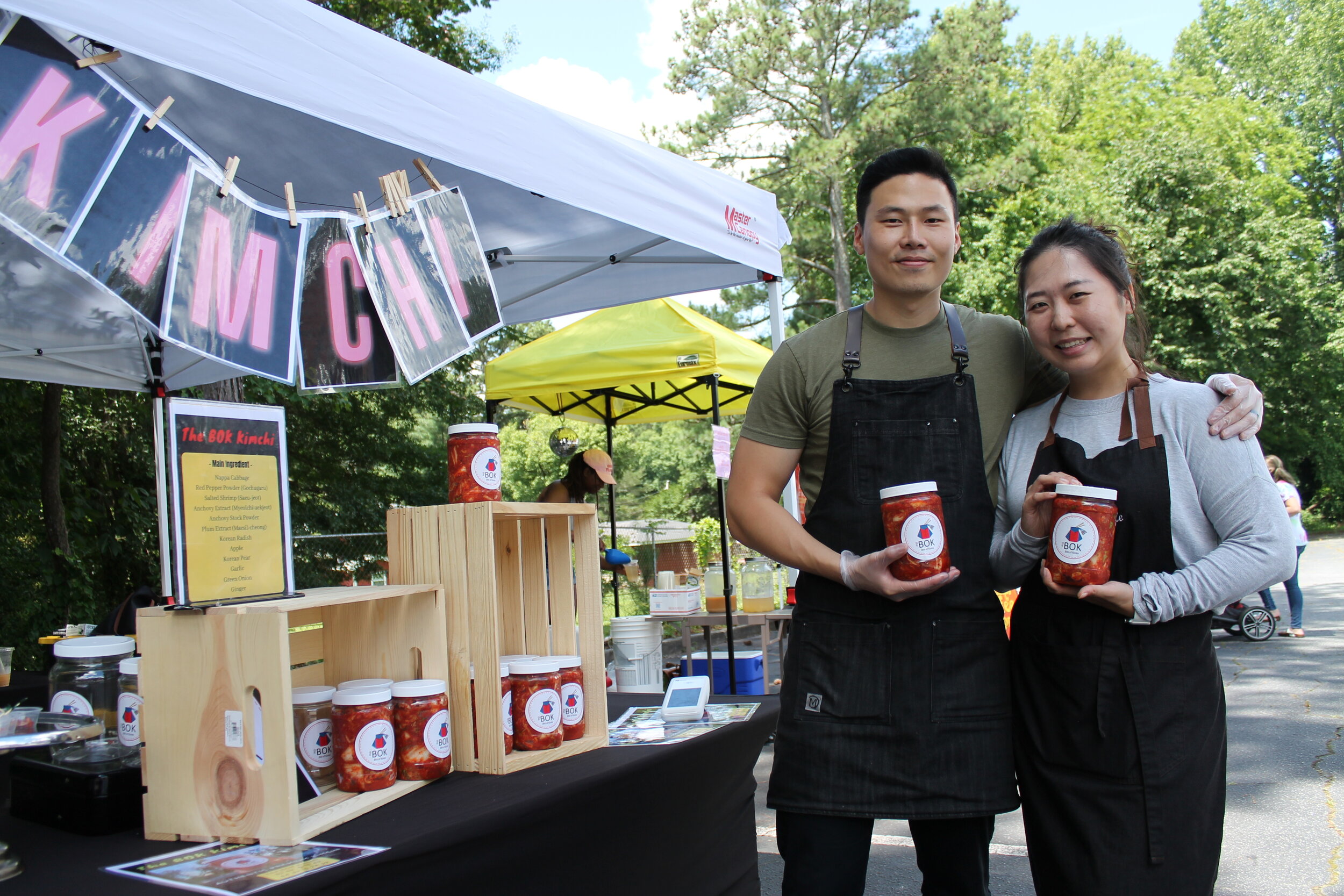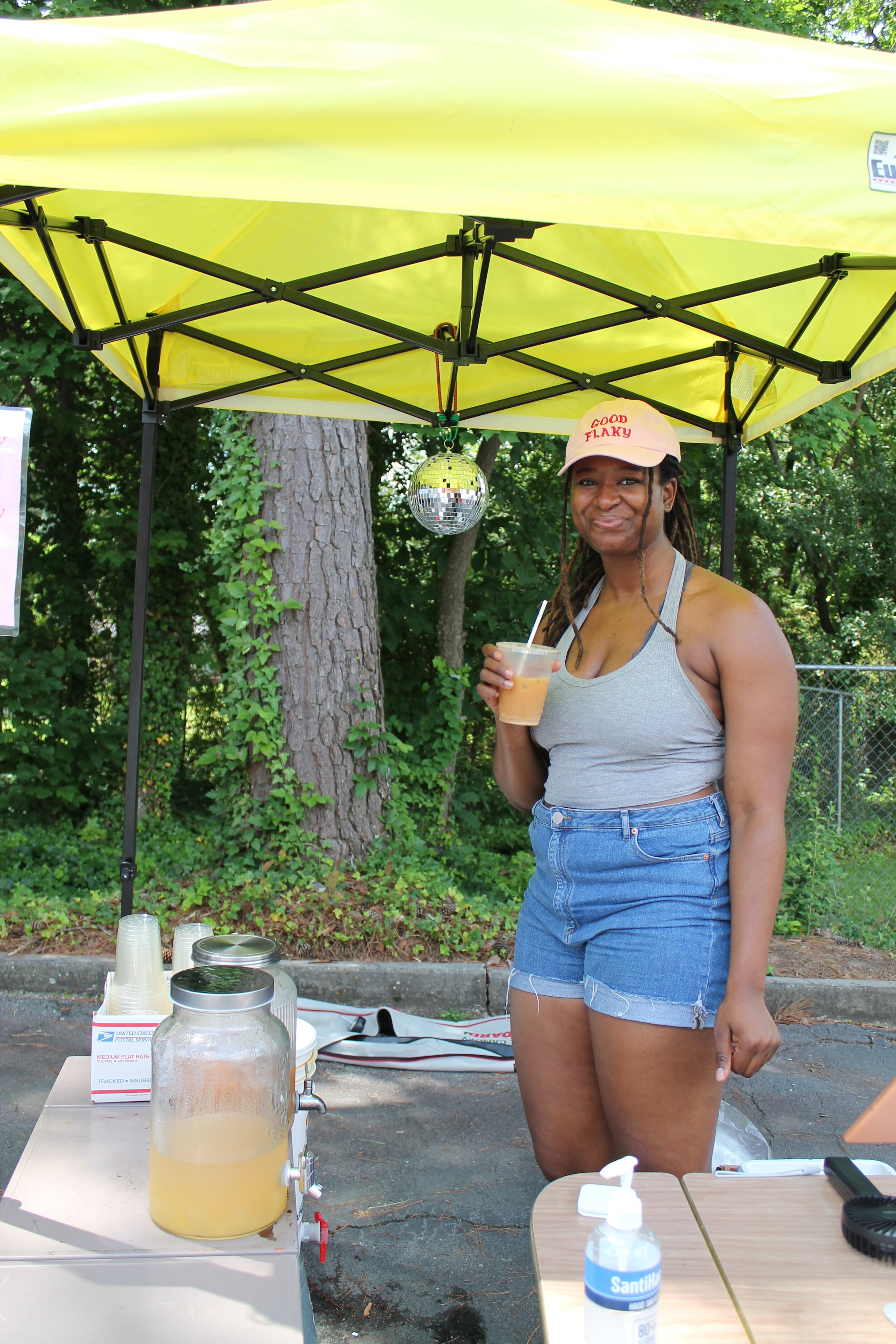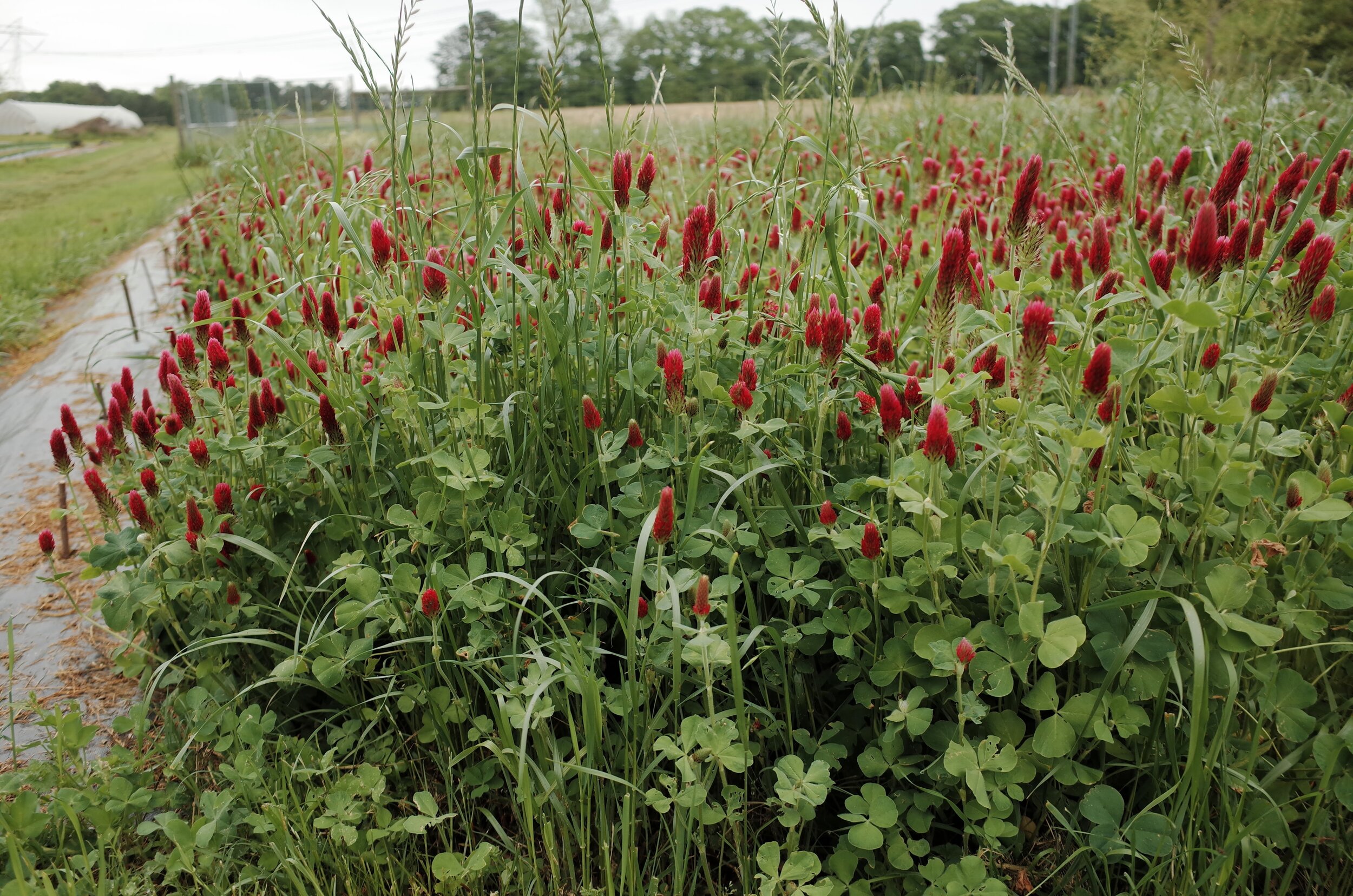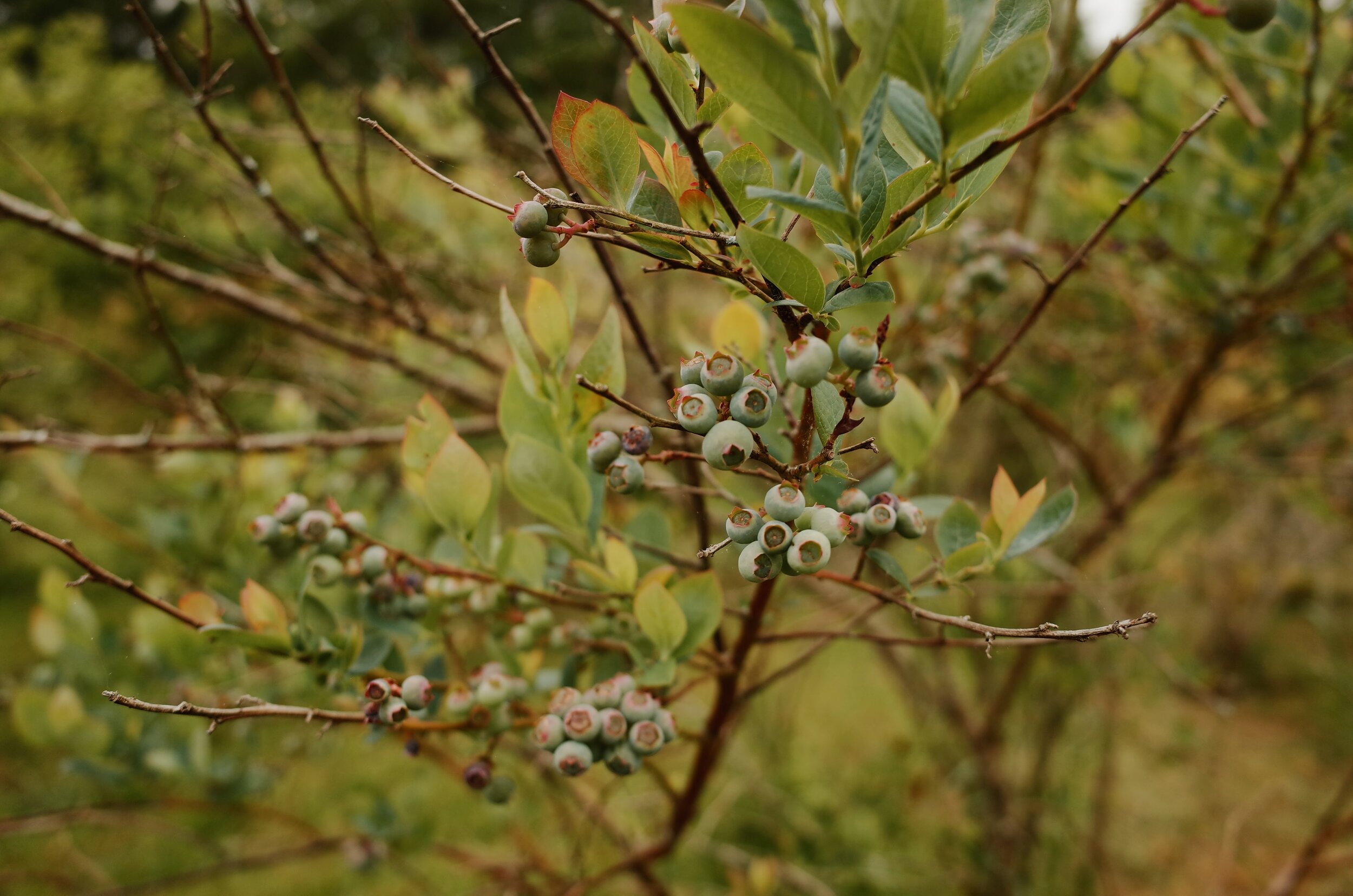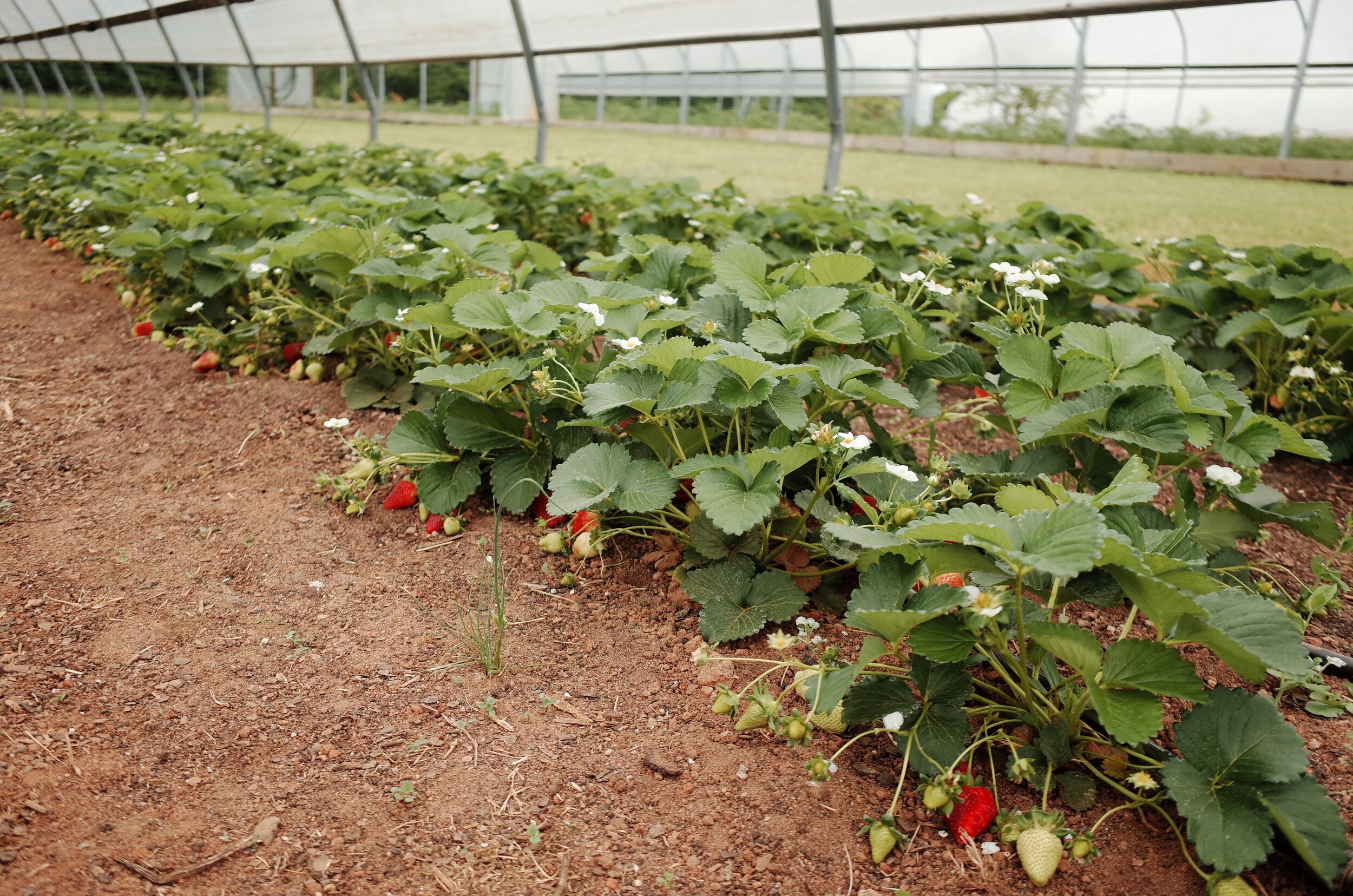By Kayla Williams, Georgia Organics Farmer Services Coordinator
A craving for chicken parmesan hits you. You plan to make the sauce with the delicious tomatoes you picked up at your local farmers’ market but ponder where to get your chicken. Sure, you could grab some chicken raised in Georgia and labeled as American Humane Association Certified Humanely Raised (Certified Humane), from a nearby grocery store.
What does Certified Humane really mean though? Consumer Reports defined the label as meaning that “the animal was raised on a farm and slaughtered in a slaughterhouse that met the organization's "core criteria." These criteria include meeting basic needs, such as food and fresh water; providing care for sick and injured animals; and humane treatment on the farm, and during transport and slaughter.”
It’s a good start, but the label doesn’t require that the chicken’s natural inclinations like roaming free in a pasture is met, and the farm only needs to meet 85% of the requirements, although customers are not given the privilege of knowing which 85% of requirements are being met versus not met.
Pasture raised chicken is typically difficult to find in a typical supermarket but it’s easy to check with the poultry farmers at your local farmers’ market. Pasture raised means exactly that – the chickens are raised in a pasture, and frequently moved (sometimes daily, sometimes weekly) to another part of a field to eat bugs and fertilize the land with manure for future healthy crops to grow on (you can harvest crops 90 days after manure has been applied to the field).
Now, imagine a world in which you didn’t have to look up a label, didn’t have to guess about the kind of environment that those chickens were being raised in and knew exactly where your money was going. That world does exist, even within Georgia! The price may be higher than what you’ll find at your local supermarket and it may be a bit more labor on your end to find that local chicken, but there are some really good reasons why that price is higher.
The current Georgia Department of Agriculture’s poultry processing rules favor the large producers, stating that only farms that raise less than 1,000 birds can process on the farm. This means that if you raise more than 1,000 birds per year, you need to use an off-farm processor.
Gabriel Jimenez of Caribe United Farm
As Gabriel Jimenez of Caribe United Farm put it, “Finding a good processor is like finding a good mechanic. It requires a lot of trust, because I love and care about my animals and when I give them to the processor for them to finish, I have to trust that they are going to treat them with the same love and care.”
Melissa Nisbet of Four Bellies Farm in Bowdon, Georgia generally books with a Kentucky-based processor, a five-hour drive from the farm, one full year in advance to ensure she can get her batch processed. The Kentucky processor had a labor shortage due to COVID-19 which has been common for processors across the country which gave Melissa the impetus to find another processor as a backup plan. She has also used a processor in Sylacauga, Alabama, just an hour and a half away.
Four Bellies Farm
When I spoke to Melissa on the phone recently, her husband and business partner, Avery Nisbet, had just driven the batch to be processed in Alabama the previous evening. A few days later, he’ll go get the processed meat and trailer that he left there. That’s six hours of driving back and forth, which is notably less than the roundtrip to their former processor in Kentucky but still a significant amount of time in a farmer’s week! Gas, time, and processing fees add up. To process the approximately 580 chickens (including some getting cut up, some getting turned into sausage, as well as additional processing for feet, livers and hearts), Melissa expects they’ll spend approximately $4000 at the processor.
Until recently, there were no USDA-inspected poultry processing facilities open to small scale producers. In spring of 2021, Shaun Terry of Grateful Pastures Farm, Georgia’s only local pasture raised certified-organic chicken producer, partnered with a nearby deer processing facility in Loganville, GA to open Atlanta Poultry Processing and began filling the void for small-scale poultry producers in Georgia.
The first year Shaun started farming, he tried to process 100 birds on the farm. It took him a week to process 70 birds and after that, he decided he’d process off farm. Finding a reliable processing facility in quality, availability and convenience was always a difficulty for Shaun until he took matters into his own hands. After renting storage freezer space at one of Beth Johnson’s deer processing facilities several years prior, Shaun and Beth decided to open a poultry processing facility within the deer processing facility. He noted that having Beth’s processing wisdom, combined with the knowledge of Shaun’s former processor in Kentucky (the same that Four Bellies Farm used to use) made it possible for the Atlanta Poultry Processing facility to start up quickly.
Atlanta Poultry Processing
Folks who work with Shaun and Beth have ranged from beginning farmers coming from all over Georgia and the surrounding states with less than fifty birds up to 600 bird batches, the size of Grateful Pastures’ typical batches. When asked if creating a facility closer to home changed retail-prices, Shaun replied “No, in fact my processing costs have gone up.” The Kentucky-based processor is part of the Mennonite community so labor is cheaper, making the price per bird less than what Atlanta Poultry Processing can charge to keep themselves afloat.
Want to get in touch with Shaun and Beth? Email atlantapoultryprocessing@gmail.com.
The price of feed adds to the retail cost of local poultry as well. For a little perspective, Four Bellies needs more feed every 5-6 weeks (Freedom Ranger chickens need about 9-11 weeks to mature to full size). They buy 5 tons of non-GMO soy-free feed for their flock and most recently, it cost them $569/ton including a delivery fee. This feed goes towards both the mature chickens (who went to the processor in Alabama) and the chicks in the brooder (who will move to the tractor in a few weeks). The chicks eat a lot less than the more mature chickens so it’s hard to say exactly how much feed costs per the recently processed flock, but either way, feed is expensive. And this feed isn’t even certified organic. The prices for certified organic feed are higher–Shaun Terry pays $1100/ton.
In April 2021, a “Notice of Intent to Amend Poultry Inspection–Poultry Processing Rules” was released from the Georgia Department of Agriculture that would change Rule 40-10-2-.02. from being able to process on farm if you only raised 1,000 birds or less to 20,000 birds or less.
This rule has not yet been implemented by Commissioner Gary Black and his administration but it has been approved. If a farm has the processing equipment and labor force to process on farm, this change of rule could potentially save folks time, money, and stress. When asked if they would process on farm given the new amendment, Melissa said “At this point, probably not because we don’t have the labor or equipment, but if we were just starting out our operation with this new rule, we might.”
For Gabriel, he searched for over a year before finding anyone to help him on the farm without even considering the labor required processing on farm. Gabriel also noted that as the requirements currently stand, if you process your birds on farm, you can only sell them direct-to-consumer (like at a farmer’s market) as opposed to selling wholesale.
Shaun stated that if he hadn’t just opened the Atlanta Poultry Processing facility, he might have considered processing on farm depending on the details of the rule. If he could process whole birds as well as cuts, he might consider. If the infrastructure rules required a drainable floor, walk in cooler, and walk in freezer among all the other equipment required to process, he probably wouldn’t process on farm. Small amendments like these have the potential to open doors for small poultry farmers but unless the rules favor flexibility in cuts and accessible infrastructure, many folks will continue to outsource for processing.
Are you craving chicken parmesan still? Follow these folks to find out where you can buy some local poultry.
Four Bellies (@fourbellies on Instagram and Facebook)
Grateful Pastures (@gratefulpastures on Instagram and @gratefulpasturesfarm on Facebook)
Caribe United (@caribeunitedfarm on Instagram and Facebook)
Grassroots Farms (@grassrootsfarmsga on Instagram and Facebook)
White Oak Pastures (@whiteoakpastures on Instagram and Facebook)
Follow Georgia Organics on social media @GeorgiaOrganics and at facebook.com/GeorgiaOrganics.




























